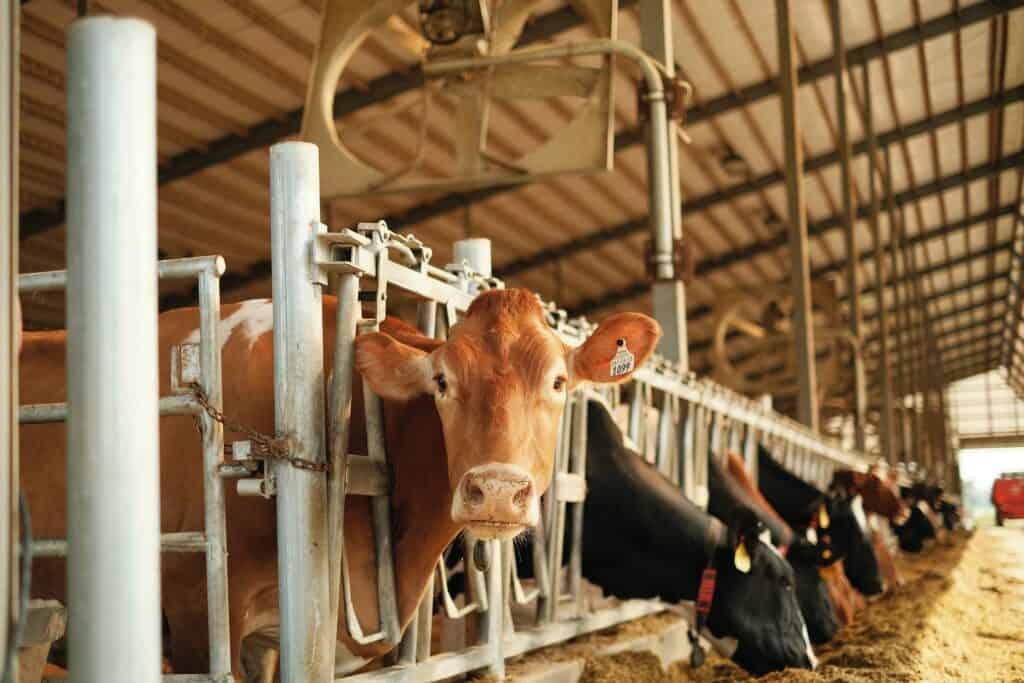[ad_1]
What is cruelty-free milk? There are two main types of cruelty-free milk: plant-based milk and slaughter-free milk. Plant-based milk is made from plants, such as almonds, coconuts, or oats. Slaughter-free milk is dairy milk that comes from animals, including cows, sheep and goats, that aren’t intentionally killed in the process.
Even then, these systems are far from perfect — as they’re different levels of animal (including human) cruelty within each source.
To help, I’ve ranked the most common milk options from the cruellest to the least cruel.
I’m curious. If you had to guess, which milk source do you think does the least harm? Let me know your prediction in the comments.
I hope that you can make the most ethical choice when purchasing milk for your coffee or cereal with this information. The same ranking system can be applied to any dairy product, including cheese, yogurt and ice cream.
Let’s start with the most inhumane option you should cross off your list moving forward — industrial dairy farms.
14. Milk from large scale dairy farms
Large commercial dairy farms are the most unethical places to get your milk and dairy. The cows on these farms are treated horrendously throughout their short-lived lives.
Female cows are repeatedly impregnated to produce milk. Once they give birth, their calves are taken away. The mothers are then hooked up to machines that extract their milk multiple times a day.
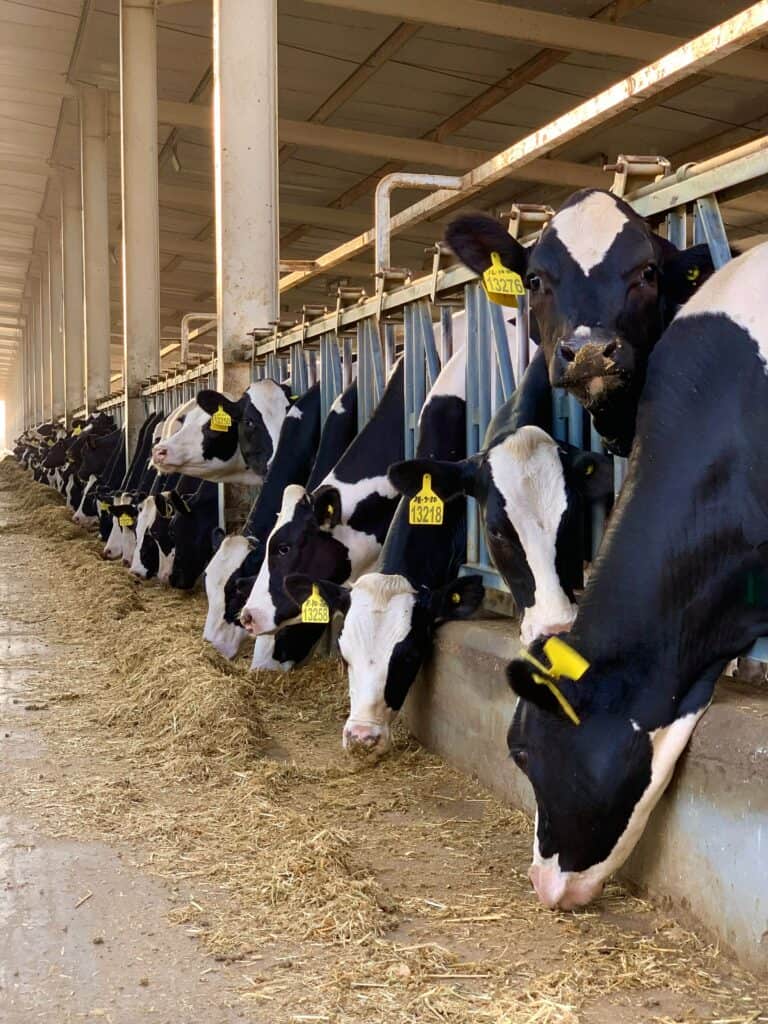

The process is excruciating and stressful for the cows – and after being milked until they have nothing more to give, they’re sent off to the abattoir to be turned into beef.
If the male calves aren’t fit for veal or beef, they’re killed immediately after being born because they’re considered a waste product to the dairy industry.
These slaughter practices are inhumane. Furthermore, the milk produced on these farms is often full of antibiotics and other harmful chemicals. So not only is it unethical, but it’s also unhealthy for you.
The US dairy industry is predicted to turn over 51.3 billion in 2022. With such an incentive, most of the dairy you see on supermarket shelves comes from these commercial farms.
According to 2017 census data, 35% of dairy farms have over 2,500 cows, and 20% have between 1,000 and 2,499 cows, representing 55% combined. Keep in mind that this data is outdated — meaning at the time of publishing this article, even more small farms have likely consolidated into large farms.
Whole milk sales are dominated by private labels, a retailer-branded milk produced by a third party. For instance, one of Walmart’s most popular milk brands, Great Value, is a Walmart-owned brand. Walmart reduces production costs and offers affordable milk to customers by controlling its supply chain.
Okay, so it might not be surprising that large dairy farms are taking up most of the revenue, thus creating the most cruelty, but there’s another factor that’s perhaps even more alarming…food waste.
The dairy industry is one of the largest contributors to food waste for two primary reasons:
- Dairy is highly perishable. Before becoming vegan, I watched used-by dates on my milk like a hawk. I was regularly sniffing to see if it was consumable.
- If dairy cows aren’t milked daily, then they could halt production. So regardless of whether we purchase milk, cows are still milked, creating a surplus.
Despite vulnerabilities from the pandemic, a shift in consumer demand and mismanagement of food spoilage, milk cow inventory is the highest it has been since 1995.
To put it bluntly, billions of animals are being exploited and slaughtered each year for no reason, and commercial dairy farms are a significant contributor to this atrocity.
13. Milk from small dairy farms
Small dairy farms have fewer than 100 cows, representing 13% (and declining) of total milk production.
Small-scale dairy farms are often lauded as being a more humane alternative to large commercial dairy farms. However, the reality is that these smaller operations still exploit and slaughter cows for their milk and other dairy products.
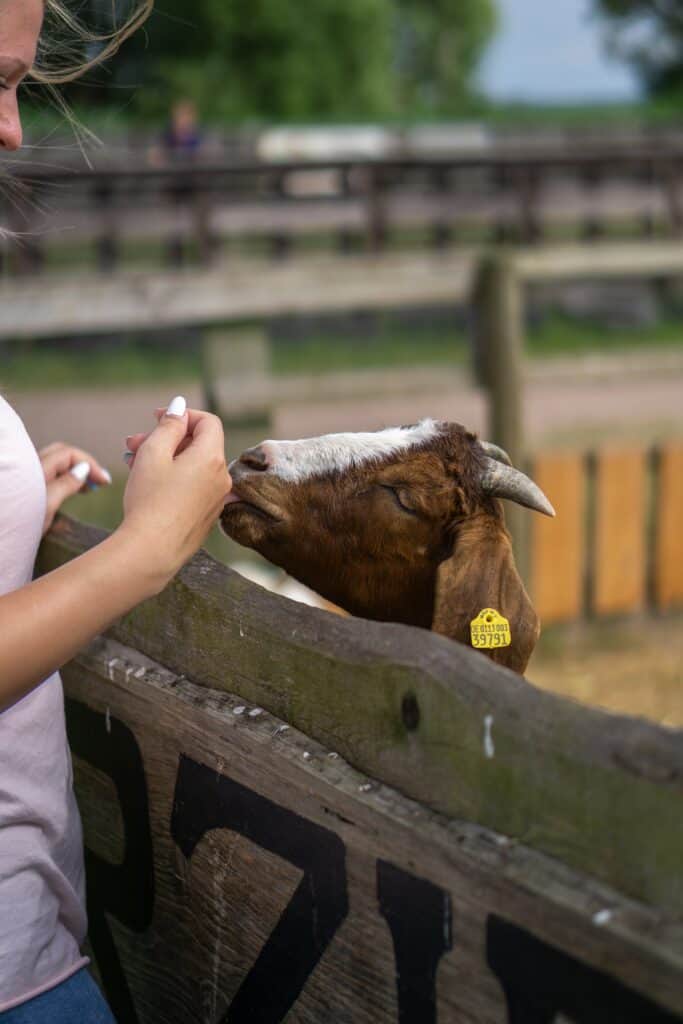

While these farms may be better than large commercial farms in some respects, for example, the cows may have more access to pasture; the fact remains that they are still inhumane and exploitative.
Female cows are forced to produce milk constantly throughout their lives, leading to high levels of stress and suffering.
In addition, calves are typically taken away from their mothers soon after birth to be raised for veal or sold for beef.
And like big farms, male calves are particularly vulnerable, as they are of little use to the dairy industry and are often killed shortly after birth.
As such, buying milk and other dairy products from small-scale dairy farms is still an objectively cruel choice.
12. Milk from “cruelty-free” dairy farms
You may have heard or seen different labels on milk products, including:
- Certified humane
- Animal welfare approved
- Ahimsa
It can get confusing, but these descriptors communicate the reduced cruelty in certain dairy products. Let’s briefly break down each option.
Certified Humane
Certified humane dairy farms should adhere to specific animal welfare standards set forth by the Humane Farm Animal Care (HFAC) organisation.
The HFAC Dairy Cattle Welfare Standards include providing cows with shelter, space, and veterinary care; protecting them from cruel handling and slaughter; and ensuring access to fresh air, clean water, and proper nutrition.
Unfortunately, while less cruel, even certified humane dairy farms subject cows to a lifetime of exploitation. Female cows on these farms are still artificially inseminated so that they will produce milk constantly throughout their lives.
Furthermore, HFAC only examines a 10% sample of farms seeking accreditation. Once those samples are passed, the whole group is certified — leaving significant opportunity for unethical variations within the group.
Animal Welfare Approved
The Animal Welfare Approved (AWA) program is run by the non-profit organisation, A Greener World. This label is supposed to indicate that the animals on the farm were raised according to certain humane standards set forth by the AWA.
These requirements include giving animals a safe place to live, protection from predators, adequate room to move about freely, veterinary care, preventing cruel treatment and slaughter, and ensuring access to fresh air, clean water, and nutritious food.
AWA’s Dairy Cattle Standards are a step up from HFAC as they’ve implemented annual third-party audits and a focus on independent farms as they’ve found these farms have the most potential for animal welfare.
However, like certified humane dairy farms, animal welfare approved dairy farms still subject cows to a lifetime of exploitation.
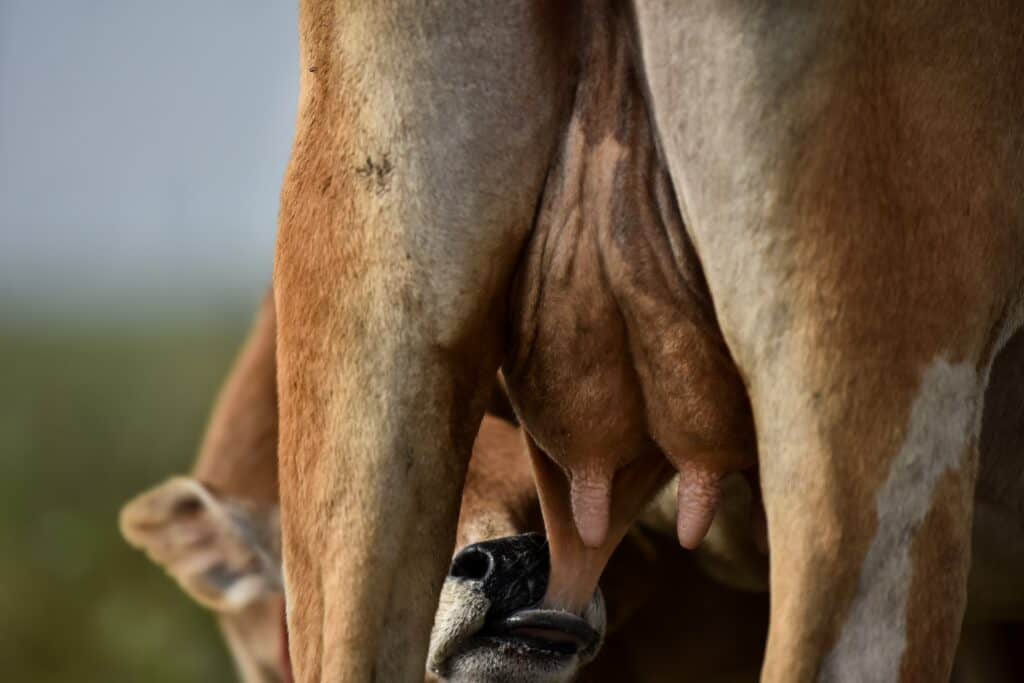

Ahimsa
Ahimsa is a Sanskrit word that translates to “nonviolence.” It’s often used in Buddhism, Hinduism, and Jainism, where it refers to the practice of avoiding harm to all living beings.
Ahimsa goes beyond simply refraining from physical violence; it also encompasses the idea of compassion for all creatures. Adherents of ahimsa believe that all beings are interconnected and that harming any one animal ultimately hurts us all.
As such, they strive to live in a way that does not cause suffering to any living thing. This can involve everything from choosing a vegetarian diet to speaking out against animal cruelty.
In the context of dairy, ahimsa milk is milk that has been produced without causing harm to cows. This means that the cows are not artificially inseminated, and they are allowed to live out their natural lives without being subjected to the dairy industry’s cruelty. If there’s such a thing as cruelty-free commercial animal milk, this would be it.
Ahimsa milk is a relatively new concept, and it can be hard to find. However, there are a few companies that are working to change that. Kind Milk in California U.S., Ahimsa Milk in the UK and Mother Cow Dairy in Australia are boutique dairy companies producing limited runs of ahimsa milk in their respective areas.
As no specific organisation does not regulate ahimsa milk, there are no set standards that farms must adhere to when using it. For this reason, it’s impossible to know for sure whether the dairy products you’re buying from a farm with this label are genuinely cruelty-free.
11. Milk from hobbyists and backyard animals
Extracting a small amount of milk and dairy from backyard cows, goats and sheep without forced breeding is the most ethical option.
These animals are typically seen as pets rather than commercial assets, and they are not subjected to the same cruel treatment as those on dairy farms. You only get a small amount of milk when it’s available, and that’s it.
As a result, extracting milk and dairy from pet animals without artificial breeding is a better ethical option when compared to large, medium and even small commercial dairy farms.
However, you’re still competing for milk with calves. Some owners of pet goats and cows would argue that they don’t take any milk away from calves because they let the calves drink first. But that’s not the point.
The calves are still being denied their mother’s milk, which is what they are supposed to drink, not humans.
Furthermore, where’s the line here? The issue also applies to producing backyard honey and eggs. What’s enough for them versus us? I don’t doubt that some owners never cross that line, while others cross it knowingly or unknowingly.
So yes, taking a small amount of sporadic milk from your pet animals is the most ethical option out of the animal milk sources. But with so many tasty plant-based options available, taking milk from animals is unnecessary.
Below is our continued ranking of cruelty-free milk sources transitioning into dairy-free alternatives.
10. Milk from almonds
Almond milk is one of the most popular non-dairy milk options. It’s made by soaking almonds in water and blending them with water until they form a smooth milk.
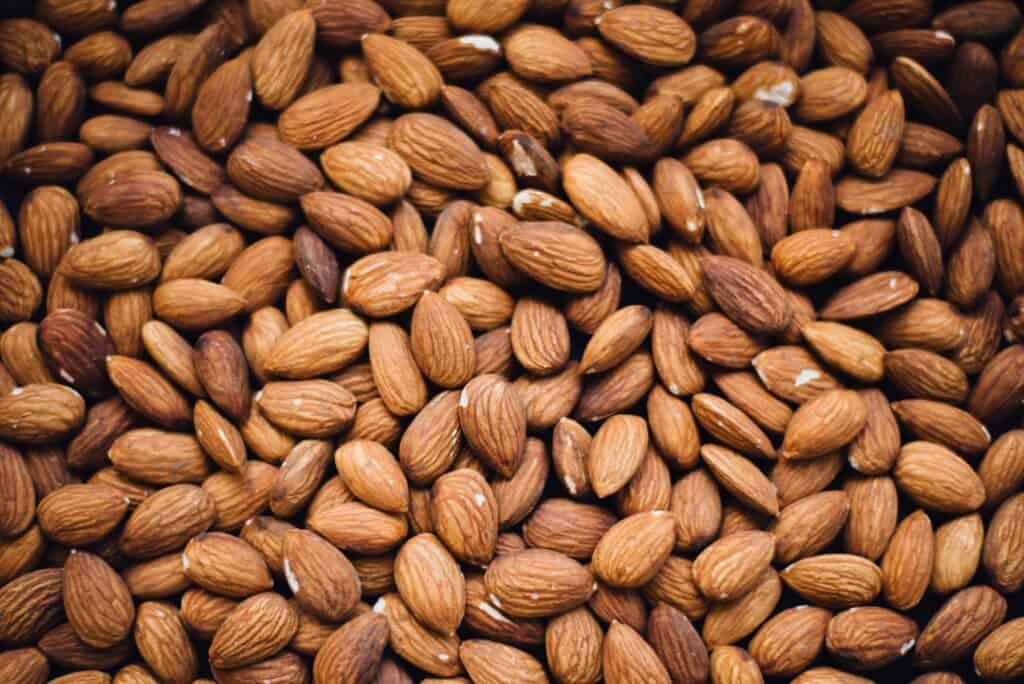

Almond milk can be used in various ways, such as in cereal, coffee, or baking. While almond milk is a cruelty-free milk option, the almond industry has come under scrutiny for its use of migratory bees.
These bees are brought to almond farms to pollinate the trees and help produce almonds. However, beekeepers have been known to exploit these bees by working them to death and not providing them with adequate food and shelter.
The bees must also endure the trauma of travelling hundreds of kilometres each season, and many perish on their journey. As a result, the almond industry has come under fire for its treatment of animals.
Despite this, almond milk is still a cruelty-free milk option widely available and popular among consumers.
9. Milk from coconuts
Coconut milk is made by pressing the meat of a mature coconut to extract the liquid. It can be consumed on its own or used as a dairy-free alternative in cooking and baking.
Coconut trees are native to tropical regions and require warm temperatures and sandy soil to thrive.
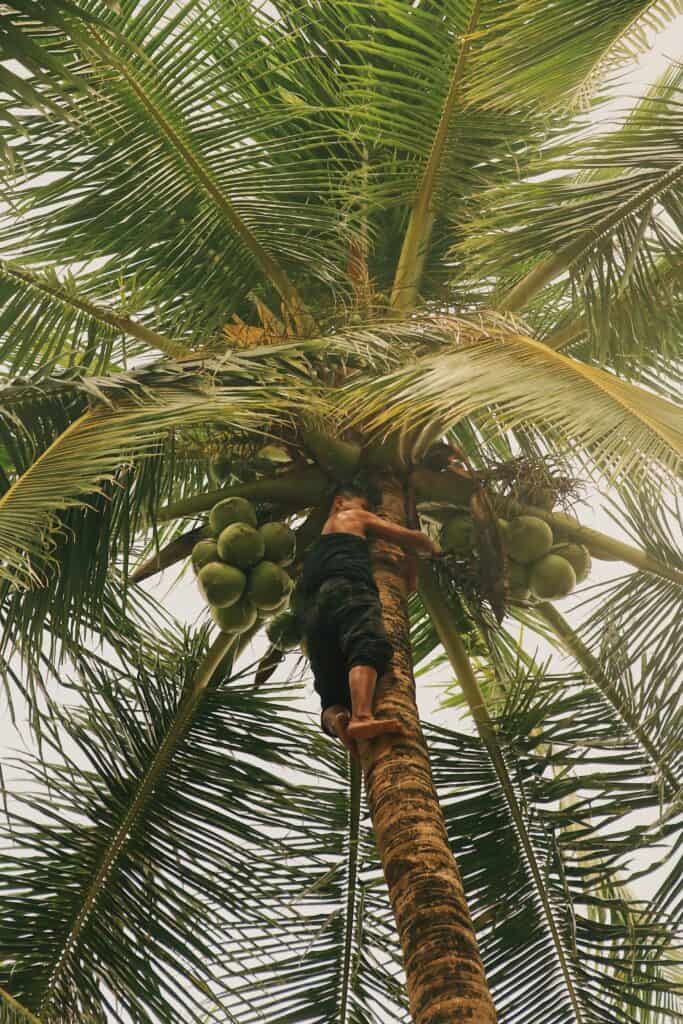

Coconuts are an excellent cruelty-free milk option, as no animals are harmed in their production. However, the industry has been criticised for its treatment of workers and monkeys. In some cases, monkeys are trained to climb the trees and harvest the coconuts, which can be dangerous work.
Moreover, workers often receive low wages and are expected to work long hours in harsh conditions. As a result, it’s essential to be aware of these issues when choosing coconut milk.
8. Milk from soy
Soy milk is a cruelty-free alternative to dairy milk made from soybeans. These beans are soaked in water and then ground up into a paste. The paste is then mixed with more water and boiled. Once it has been boiled, the soy milk is strained and can be enjoyed as is or used in recipes.
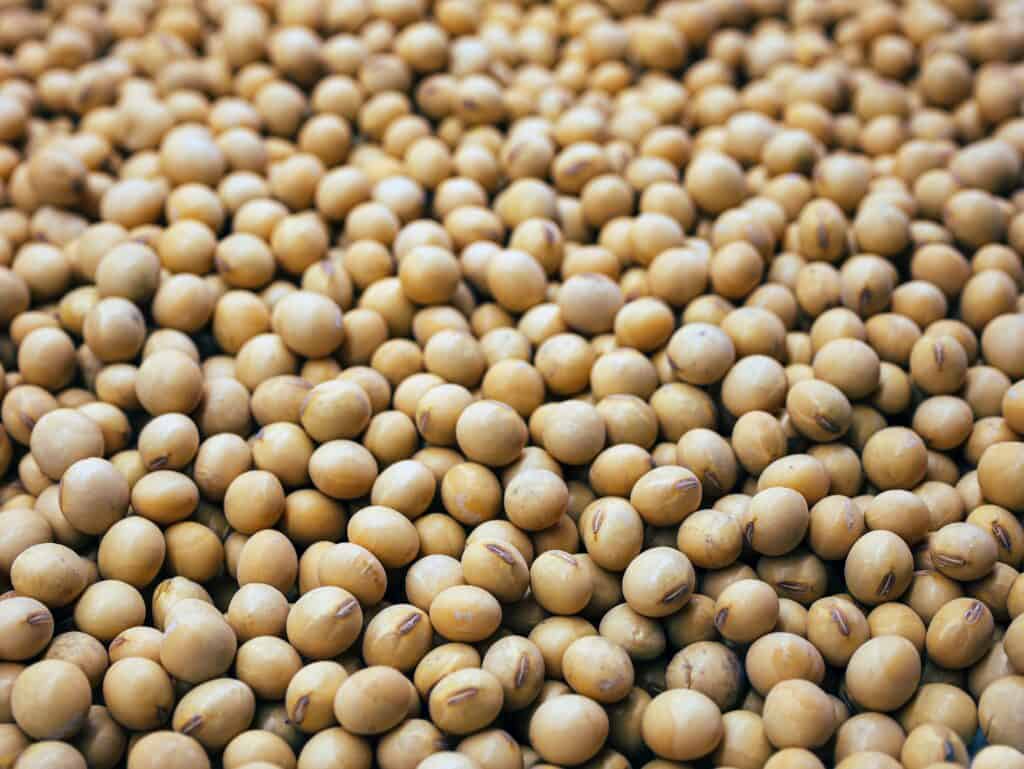

Soybeans thrive in warm climates and are typically grown in countries such as Brazil, China, and India.
There has been an increasing demand for soy milk in recent years due to its many health benefits. However, this demand has disrupted natural ecosystems to make way for large-scale soybean farms.
Ironically, most soybeans grown on these farms are not used for human consumption but are instead used to feed livestock. As a result, the soy industry has come under fire for its impact on the environment and animals.
7. Milk from rice
Rice milk is made by grinding rice grains into a fine powder and mixing them with water. The resulting mixture is then strained to remove any remaining pieces of rice.
Rice milk is a popular choice for those seeking an affordable cruelty-free alternative to cow’s milk, as no animals are harmed in its production.
However, it’s important to note that rice farming can sometimes be associated with the exploitation of workers. In some cases, workers are paid meagre wages and are expected to work long hours under challenging conditions.
6. Milk from hazelnuts
Hazelnut milk is a delicious cruelty-free milk option made by grinding hazelnuts into a paste and then mixing the paste with water.
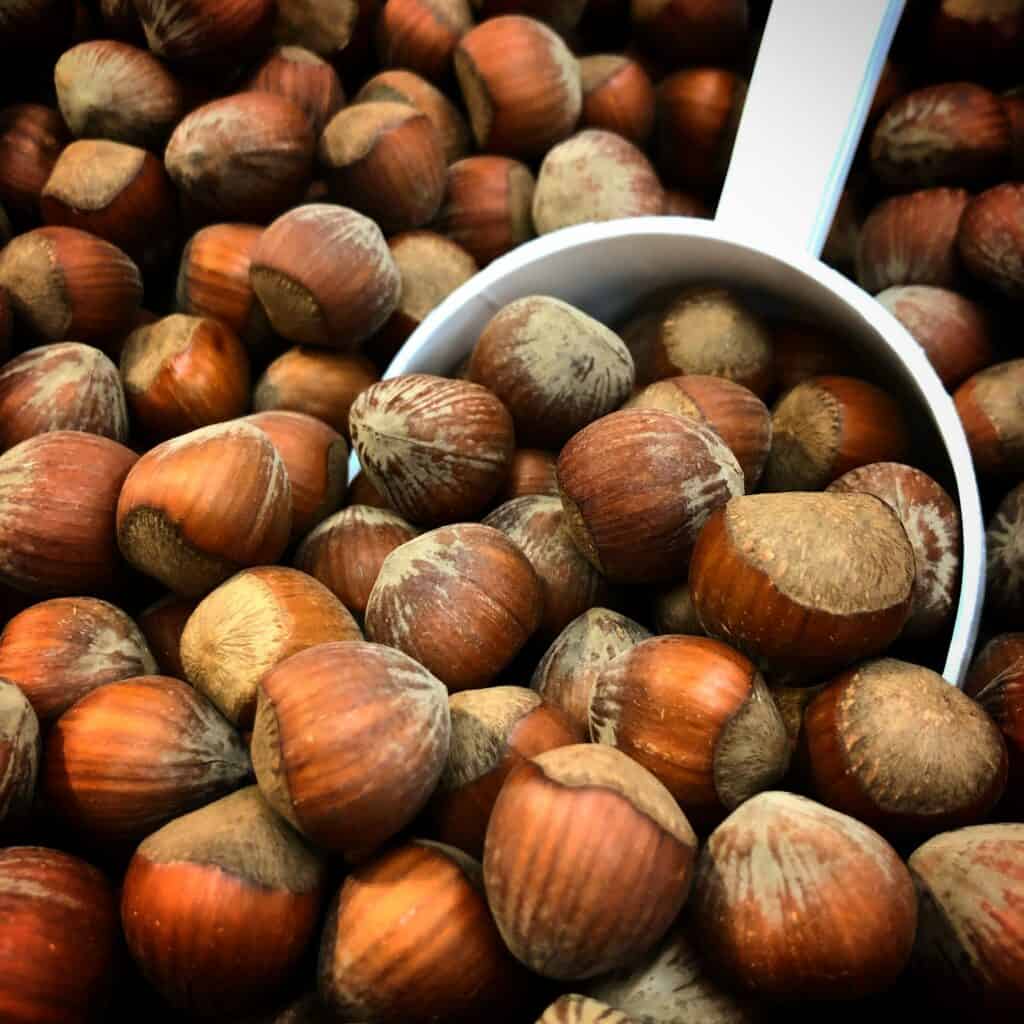

The hazelnut tree thrives in cool and moist climates, such as the Pacific Northwest region of the United States.
Hazelnuts are a resource-heavy crop, which means that they can strain the environment. In addition, hazelnut trees require a lot of space to grow, which can lead to deforestation.
Despite these environmental concerns, hazelnut milk remains a popular choice for those looking for a delicious and cruelty-free milk alternative.
5. Milk from flax seeds
Flax milk is made from flaxseeds, which are small, brown or golden-coloured seeds from the flax plant. To make flax milk, the seeds are soaked in water and then ground into a paste. The paste is then strained to remove any solids, and the resulting liquid is flax milk.
Flaxseeds can be harvested by either crushing the seed pods by hand or using a machine to extract the seeds. Once the seeds have been harvested, they can be used to make flax milk or planted to grow new flax plants.
While flax milk is a cruelty-free milk option, it is probably the least popular and accessible of all the vegan milk options. This is partly because flaxseeds are not as widely available as other plant-based ingredients.
4. Milk from cashews
Cashew milk is a cruelty-free milk alternative that is made from cashews. Cashews are a type of fruit that grows on trees. The trees are native to Brazil, but they are now grown in many different parts of the world.
Cashews are harvested by hand. The fruit is then dried, and the kernels are removed. The kernels are then ground into a fine powder. This powder is mixed with water to create cashew milk.
Cashew milk is a tasty and sustainable cruelty-free milk option that is easy to make at home. Cashew milk has a creamy texture and a nutty flavour when made correctly. It’s also high in vitamins and minerals, making it a nutritious choice for those looking for an alternative to cow’s milk.
3. Milk from macadamias
Macadamias are a cruelty-free milk option that, like cashews, can be easily made at home. The process is simple: first, macadamia nuts are harvested from their trees. Next, the nuts are soaked in water to soften them. Then, they’re blended with water to create a creamy milk.
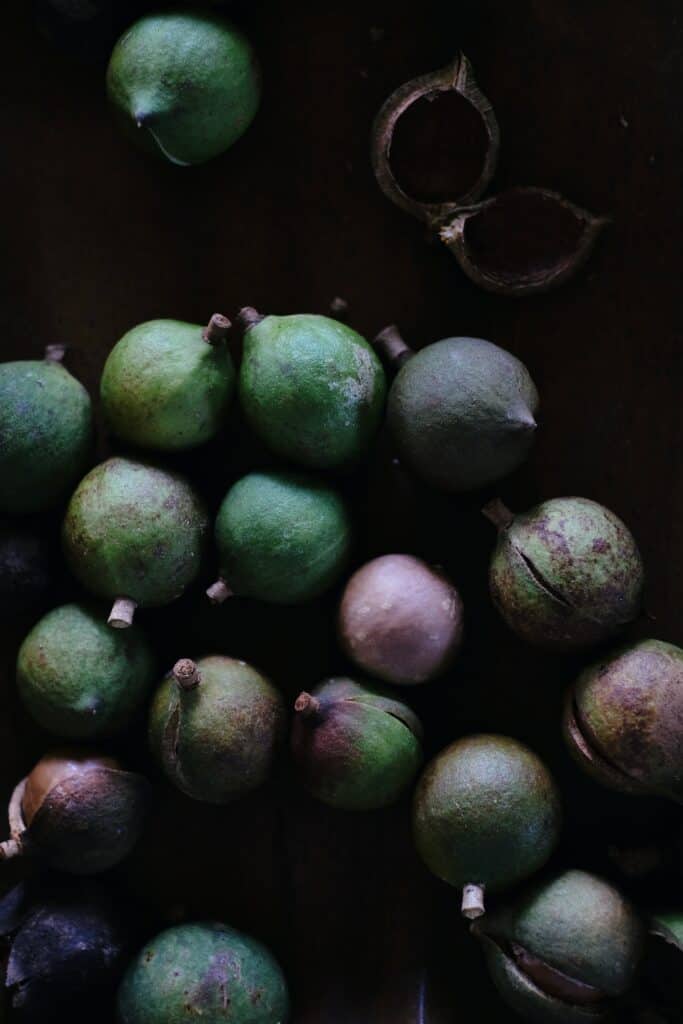

Finally, the milk is strained to remove any pieces of nut or skin. Macadamia is a versatile nut that can be used in sweet or savoury dishes.
Their rich flavour pairs well with both chocolate and curry. In addition to being delicious, macadamia milk is also sustainable and humane.
Unlike cows, macadamia trees do not require large amounts of land or water to thrive. As a result, macadamia milk is a cruelty-free and eco-friendly choice for those looking for an alternative to animal milk.
2. Milk from oats
Oat milk is made by soaking oats in water and blending them into a creamy liquid. Oat grain is harvested from oat fields, usually in cooler climates.
Oats are a popular cruelty-free milk option that offers an increasingly creamy consistency to enjoy in your barista-style coffee.
Oat milk is also a sustainable choice, as it requires less water and land to produce than other milk options.
Oat milk is now widely available in grocery stores and coffee shops, thanks to its popularity.
So whether you’re looking for a cruelty-free milk alternative or just want to try something new, be sure to give oat milk a try.
1. Milk from hemp
Hemp milk is made from the whole hemp plant, part of the cannabis family. But unlike its more famous relatives, hemp contains only trace amounts of THC and is thus not psychoactive.
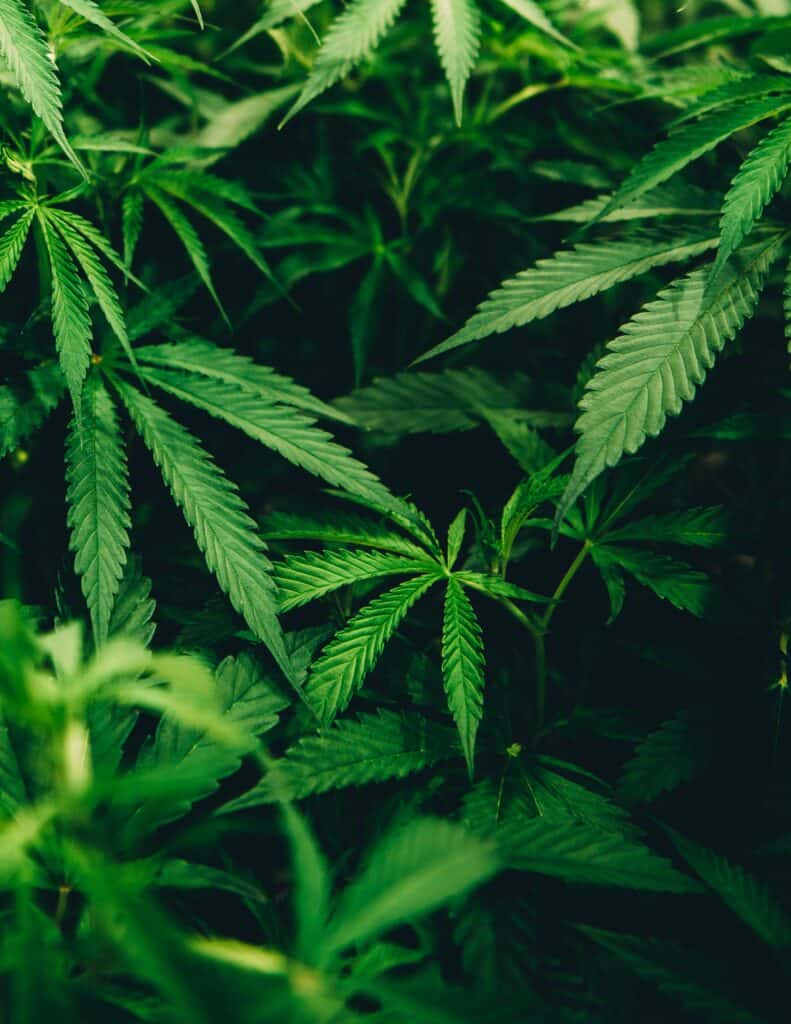

The harvesting process begins by removing the stalks and leaves from the plant. The remaining “hemp hearts” are then hulled and ground into a fine powder. This powder is mixed with water to create a milk-like consistency and then strained to remove any remaining solids.
Hemp milk is a cruelty-free alternative to dairy milk, rich in omega-3 fatty acids and other nutrients.
Moreover, hemp plants are highly prolific and easy to grow, making them an exceptionally sustainable option for those looking for a cruelty-free milk alternative.
Cruelty-free milk ranked from most harmful to least harmful
Many options are available if you’re looking for a cruelty-free milk alternative to dairy. They range from macadamia nuts (which can easily be made at home) to hemp hearts (a prolific plant that’s not psychoactive.)
When choosing your vegan milk option, the most important thing is making sure it aligns with your values and what you want out of the product.
If you’re still undecided on which type of cruelty-free milk best suits your needs, I encourage you to look up reviews and try the products.
I hope this article has been helpful in educating about some of the different types of cruelty-free milk currently available.
I’d love to hear from you now. What’s your favourite type of cruelty-free milk? Have you tried any of the products I’ve mentioned in this article? Let me know in the comments below.
[ad_2]
Source link
